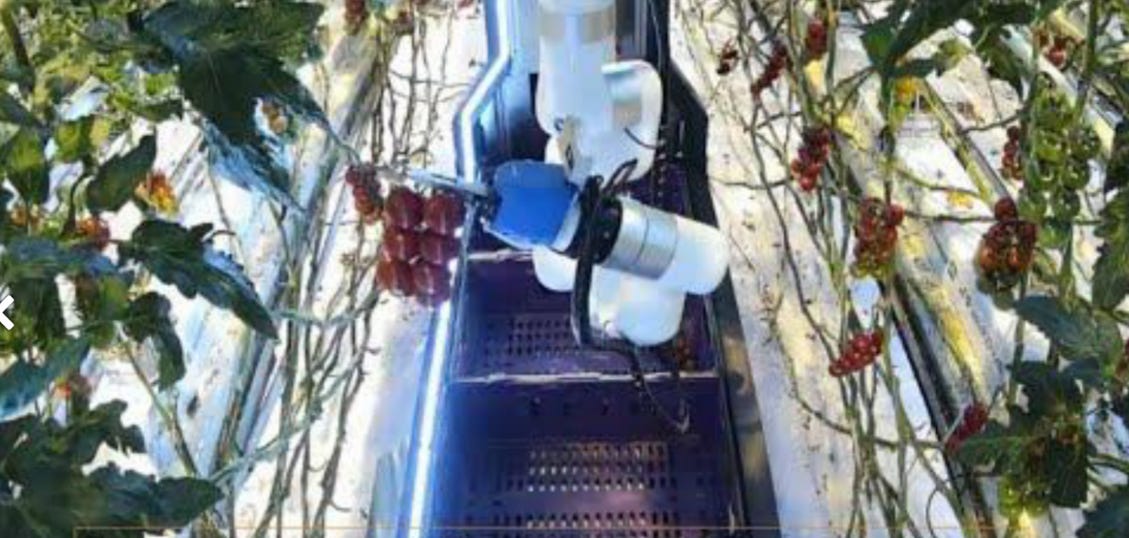Investing in Xihelm, the world’s most perfect robotic harvester for glasshouse fruit & veg
Reflections on timing, deployability, and pricing approach to conquer non-digital industries. An agriculture sector example

2019 was a definitive year for me since I’ve made my first angel investment after years in venture capital. Xihelm, a greenhouse automation company organically extended my work in the agtech.
I believe 2019 was also a definitive year for the greenhouse tech startups. It reaffirmed investors’ confidence in what end-to-end greenhouse pioneers like Bright Farms or Gotham Greens envisioned earlier. For example, in 2019, AppHarvest, now a public company, raised its A round, and Iron Ox, another startup, has started selling its produce.
Signs of early commercial and investment traction demonstrated by end-to-end greenhouse tech startups that compete directly with farmers created momentum for another type of startup, namely those who could enable farmers to compete.
Xihelm was one of the earliest believers in the enabling paradigm and could play a pivotal role in helping farmers stay relevant. Xihelm’s appeal for farmers is based on its sophisticated but deployable technology, a relevant business model, and a fantastic team.
The deployability of the tech, among other things, is explained by the excellent fit between the tech and its operating domain. Xihelm’s team selected a great domain for training and applying its algorithms on – greenhouses. Greenhouses, on the one hand, are not as chaotic and multifaceted as highways or city streets. On the other hand, they provide a degree of uncertainty and spontaneity and therefore require sophisticated algorithms. For example, one could hardly stick a barcode/RFID on every tomato to simplify the recognition task for a picking robot, something you could and would do in a warehouse.
Operating at the delicate border between what should be done and what could be done, Xihelm offers a working solution. As one of their customers said – ‘I’ve never seen a working robot before… [only demos]… But we’ve got Xihelm’s robot harvesting every day.’
From the engineering (and unit economics) point of view, it is exciting how the company balances advanced machine learning algorithms, e.g., ripeness detection, with off-the-shelf components required to build a robot to execute these algorithms. In a sense, Xihelm gives superpowers to a relatively basic hardware base and makes the whole system affordable to farmers.
The beauty of Xihelm’s vision goes further since farmers don’t need to bother with the system’s price tag. And that’s one of the reasons why they are enthusiastic. Buyers in the agricultural sector, which is historically tight on digital spending and work digitalisation, tend to hesitate with software and even hardware purchasing decisions. They are less hesitant, however, with buying services. That’s why Xihelm’s model of ‘robots as a service’ with pricing inspired by how the labour is priced resonates with farmers.
Also, I felt that Xihelm’s engineering-heavy team at the personal level resonated with glasshouse operators, who are probably the most technically savvy among growers. James, and the team, bring unparalleled experience gained at Google and the leading research institutions and provide the highest level of support to their customers. For example, the company enabled robots to operate around the clock and made charging and cleaning intuitive.
I’m sure that in a world where growers are starting to notice competition from the new greenhouse and vertical farming tech startups, Xihelm has all chances to become the core solution for greenhouse automation beyond harvesting.
I’ll continue to share my angel investing memos, to get updates - follow me on Twitter 🐦